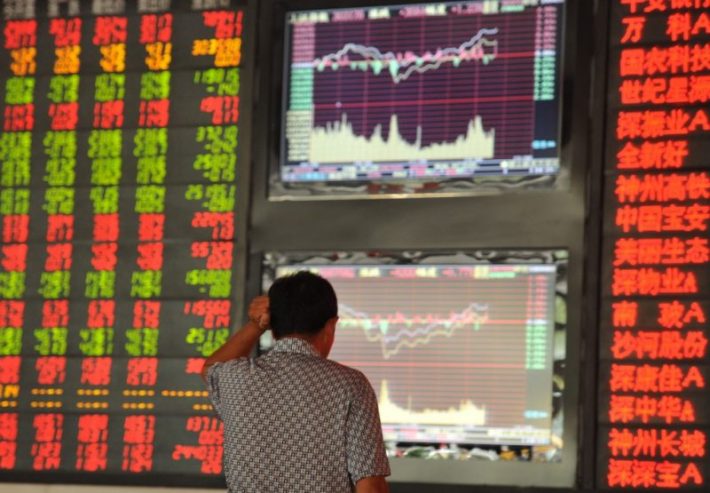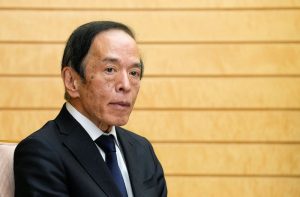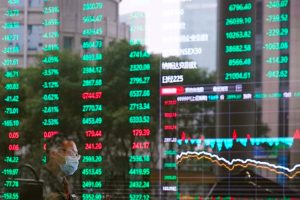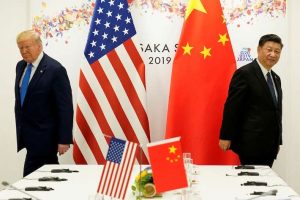(ATF) US Federal Reserve Chair Jay Powell delivered average inflation targeting at the Fed’s virtual retreat in Jackson Hole. The Fed had prepared markets for the change, but its timing was a bit earlier than expected.
For China and other Emerging Markets, the Fed’s monetary policy framework’s adjustment is both good and bad news.
The good news is that the Fed will keep interest rates close to zero for an extended period.
Even as employment recovers and declines to below its long-term level, the US central bank will avoid preemptively increasing interest rates. Inflation will be allowed to overshoot the Fed’s 2% target to “catch-up” for the many years of missing the key level stated publicly by Ben Bernanke in 2012.
For China, prolonged low US interest rates will put less pressure on the PBOC to tighten monetary policy when the US economy embarks on a sustained expansion.
Most major central banks do broadly follow the Fed’s cycle of monetary easing and tightening. When the Fed hikes interest rates, it is usually in response to a global recovery, which can be accompanied by rising inflation.
Asset bubbles
China and global policymakers’ challenge is that easy money, ultra-low interest rates, and quantitative easing tend to inflate asset bubbles, which become a real problem to manage when they eventually pop.
Financial crises have been the bane of central banks for the past three decades.
Alan Greenspan had to cope with the aftermath of the Savings and Loan crises in the early 1990s and the Tech bubble in 2000.
Bernanke had to handle the Global Financial Crisis.
And PBoC Governor Zhou Xiaochuan faced the 2015 Chinese equity bubble’s fallout, including the currency turmoil that started in August that year.
However, this time China is better prepared. By introducing more flexibility to its currency system, the CNY can appreciate when the PBoC wants to keep its own policy rates relatively tighter.
China’s new “Dual Circulation” policy will reduce the country’s dependence on exports and turn a stronger CNY into a strength rather than a concern about losing international market share.
Implications for emerging markets
Other emerging markets are even more sensitive to changes in Fed policy.
In periods of low domestic yields, investors in the US, Europe, and Japan look to deploy their capital in higher growth economies. Higher growth is usually associated with higher returns.
The massive recovery in risk assets powered Emerging market bonds and equities back to pre-Covid levels. Once uncertainties around the virus dissipate, we can expect further flows into Emerging Markets.
A surge in portfolio inflows could very rapidly put central banks in developing countries into a familiar bind: how to cope with surging currencies, which would hurt exports, a key ingredient for growth. This was the problem that they faced in 2013.
The party ended in May 2013, when Ben Bernanke’s speech on gradually stabilising the Fed’s balance sheet triggered the “Taper Tantrum” and widespread pain for most Emerging Markets.
This time the Fed has promised us that it will refill the punch bowl for much longer.
# Rajeev De Mello is managing director at Deep Learning Investments in Singapore

























